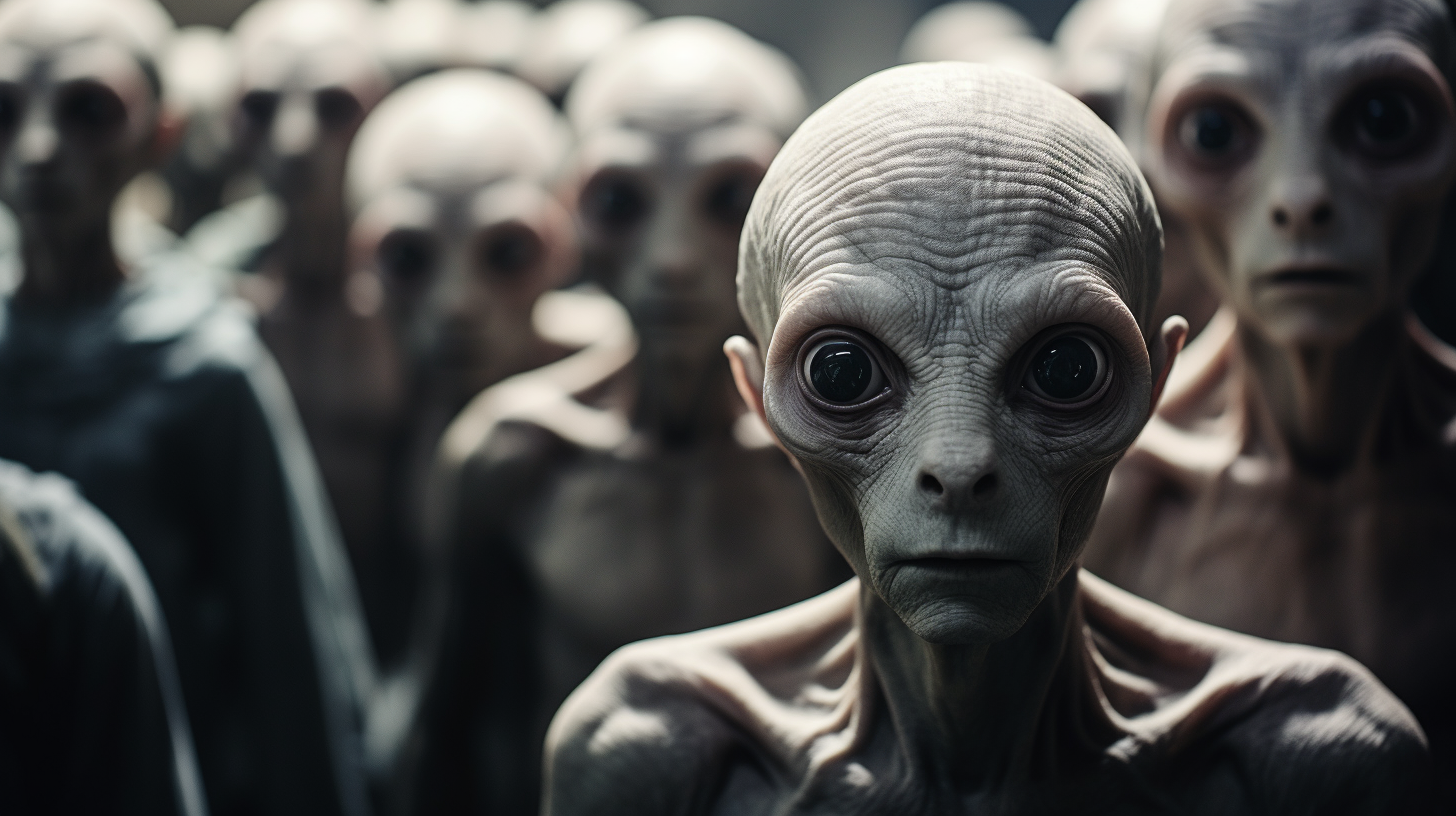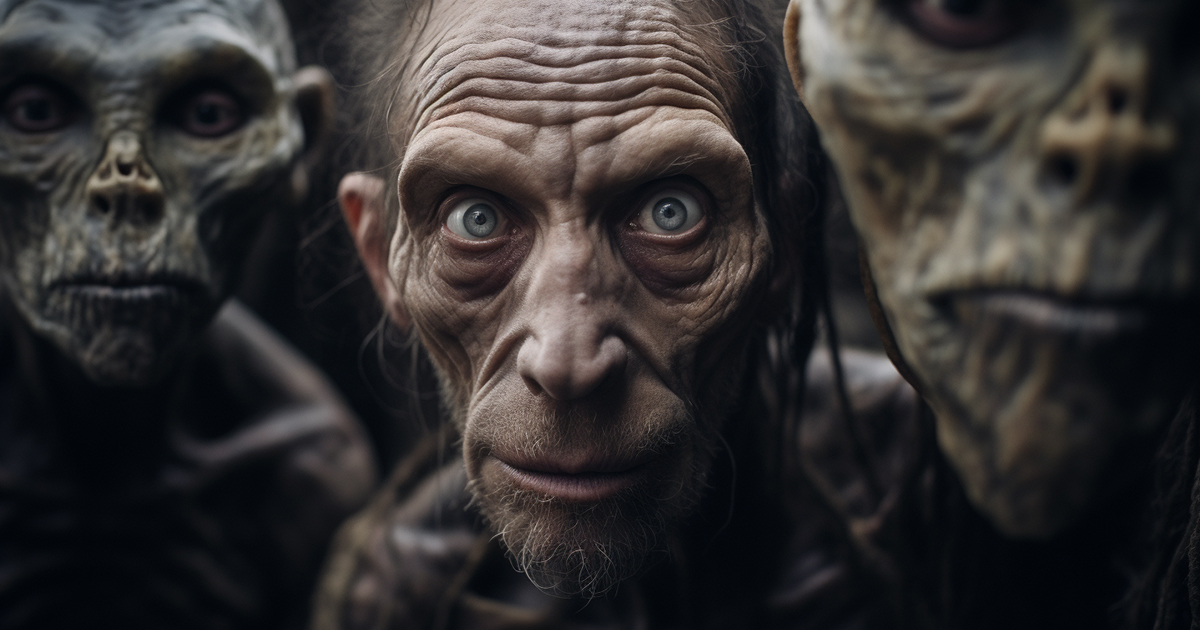Exploring a Fascinating Origin:
In an astonishing discovery back in Spain during 2011, researchers were left in bewilderment, reshaping our understanding of Neanderthals. Emerged from the deep was an ancient burial site, where three bodies were found laid out next to each other with their arms neatly folded in a ceremonial pose. Initially thought to be humans, these remains turned out to belong to our evolutionary relatives, the Neanderthals. This surprising revelation marked a new chapter in the Neanderthal story, illuminating their capacity for symbolic thinking, cultural traditions, and spirituality.
An Unanticipated Glimpse into Society:
The burial customs of Neanderthals provided a peek into their sophisticated belief systems. This suggests a level of societal development, or at the very least, an underlying culture that was previously underestimated among earlier portrayals of them as primitive cave inhabitants. Despite their strong build, Neanderthals possessed large brains and exhibited signs of intellect, such as using garments and caring for their sick and elderly.

The Mystery of Extinction:
A comprehensive analysis in 2014 across 40 archaeological sites aimed to determine the timeline of Neanderthal extinction. The findings were startling: Neanderthals coexisted with Homo sapiens for over a millennium, meeting their end approximately 40,000 years ago. However, the question remained: what led to their disappearance?
The Decline of Neanderthals:
In contrast to previous assumptions blaming their downfall on intellectual inferiority, it appears Neanderthals were not outdone by Homo sapiens. Their extinction coincided with the global spread of anatomically modern humans, but the story held deeper layers.
The Fusion of Genetics:
In 2013, evolutionary geneticists presented a fascinating revelation. Modern human populations, especially in Europe and parts of the Middle East, carry genetic traces from both Neanderthals and Denisovans, another ancient hominid species. This suggests interbreeding among these separate hominid lineages at some point in the past.
Theories of Ancient Arrivals:
Diverse ancient astronaut theorists introduce a fresh perspective on Neanderthal extinction. They suggest that these distinct hominid species were meant to be geographically separated across vast regions. Intermixing might have been discouraged or forbidden, with any such events viewed as endangering the “experiment” involving early humans.
Potential for Extraterrestrial Intervention?
Drawing parallels with ancient religious manuscripts, theorists ponder on extraterrestrial beings potentially intervening to “cleanse” the human race. This intervention could have involved eliminating significant portions of early humans and starting anew, an effort to establish a “pure” human lineage.
Visual Presentation:
In Summary:
The tale of Neanderthals encapsulates mystery, complexity, and the potential ramifications of blending genetics between ancient hominid species. While their vanishing remains a puzzle, the discovery of genetic remnants in contemporary humans hints at a intricate web of connections and encounters that shaped our early evolution. The Neanderthal narrative challenges our assumptions about our ancient relatives and urges us to explore the nuances of our shared evolutionary journey.
